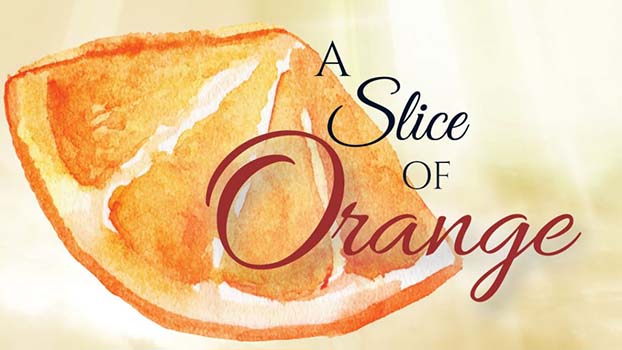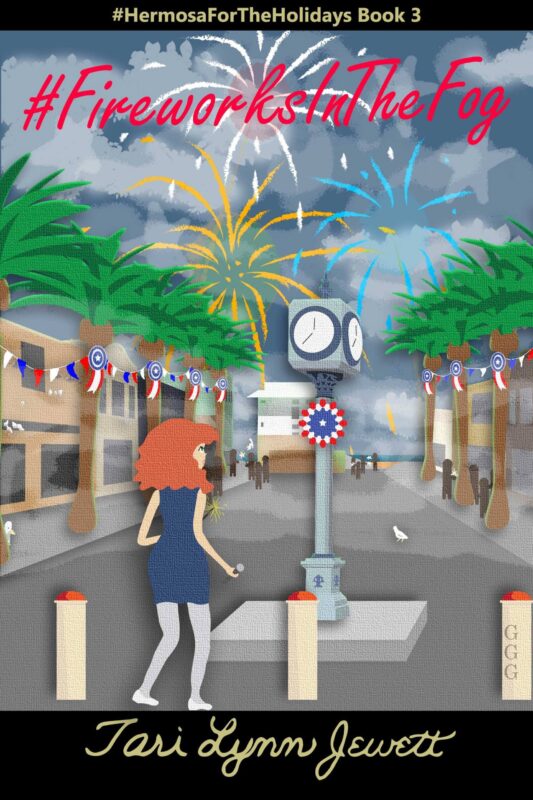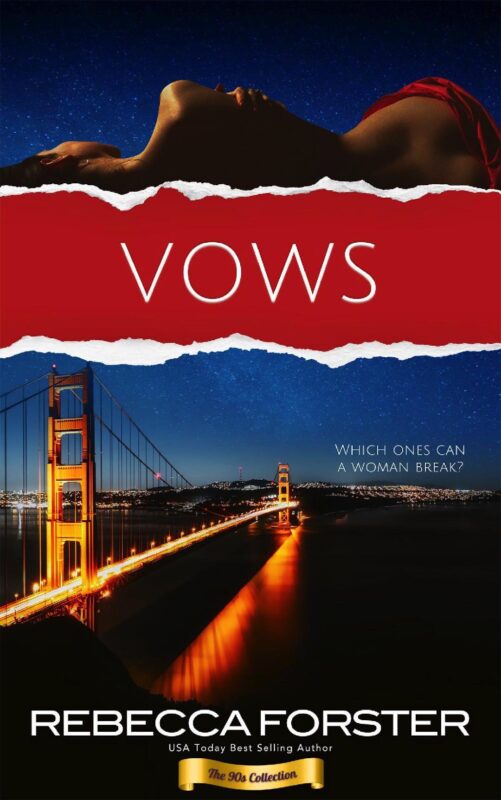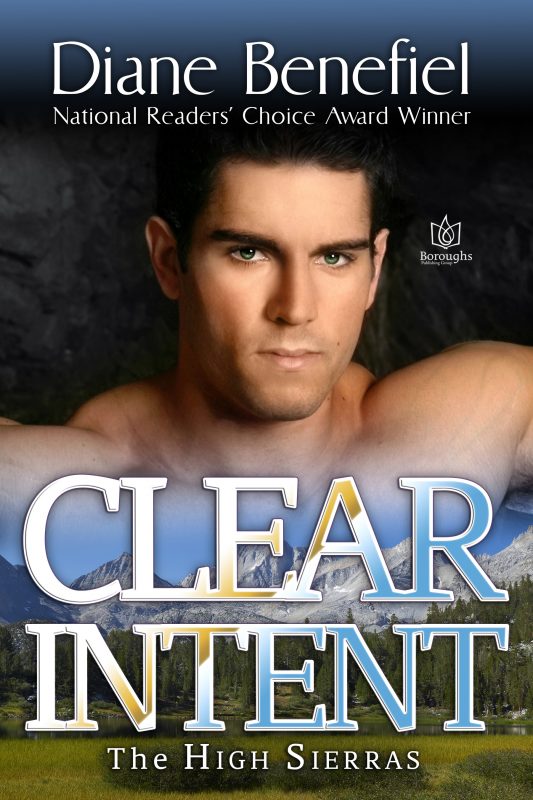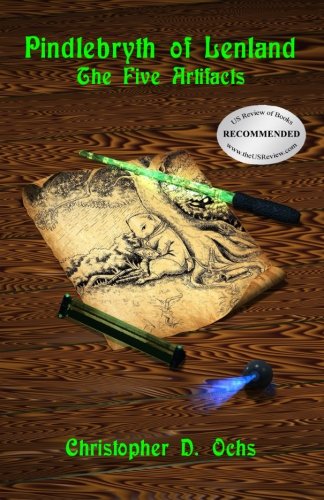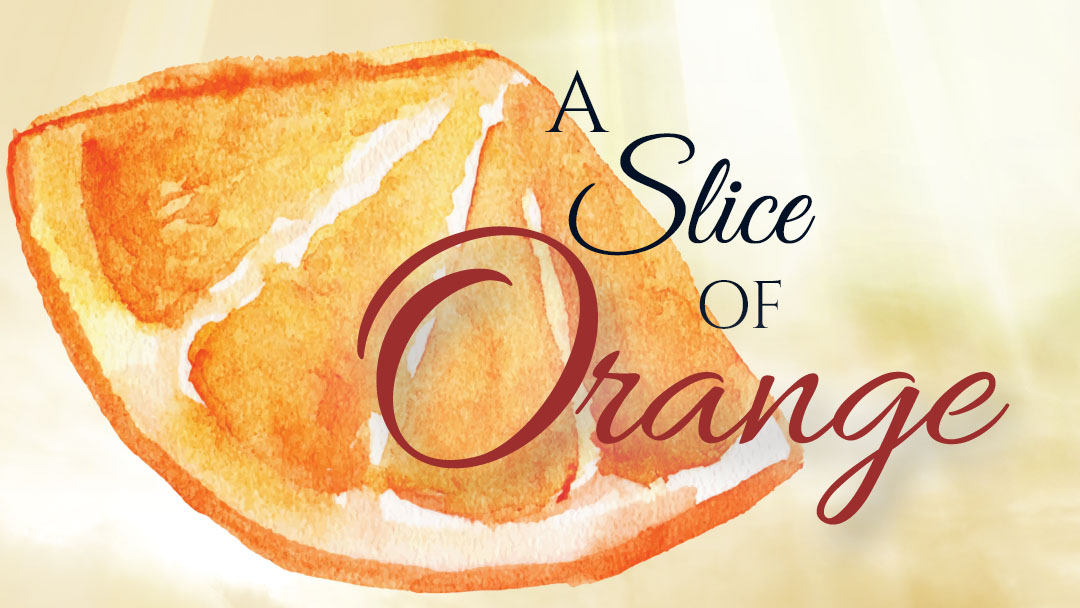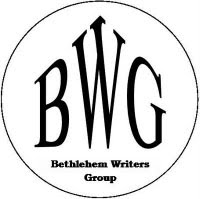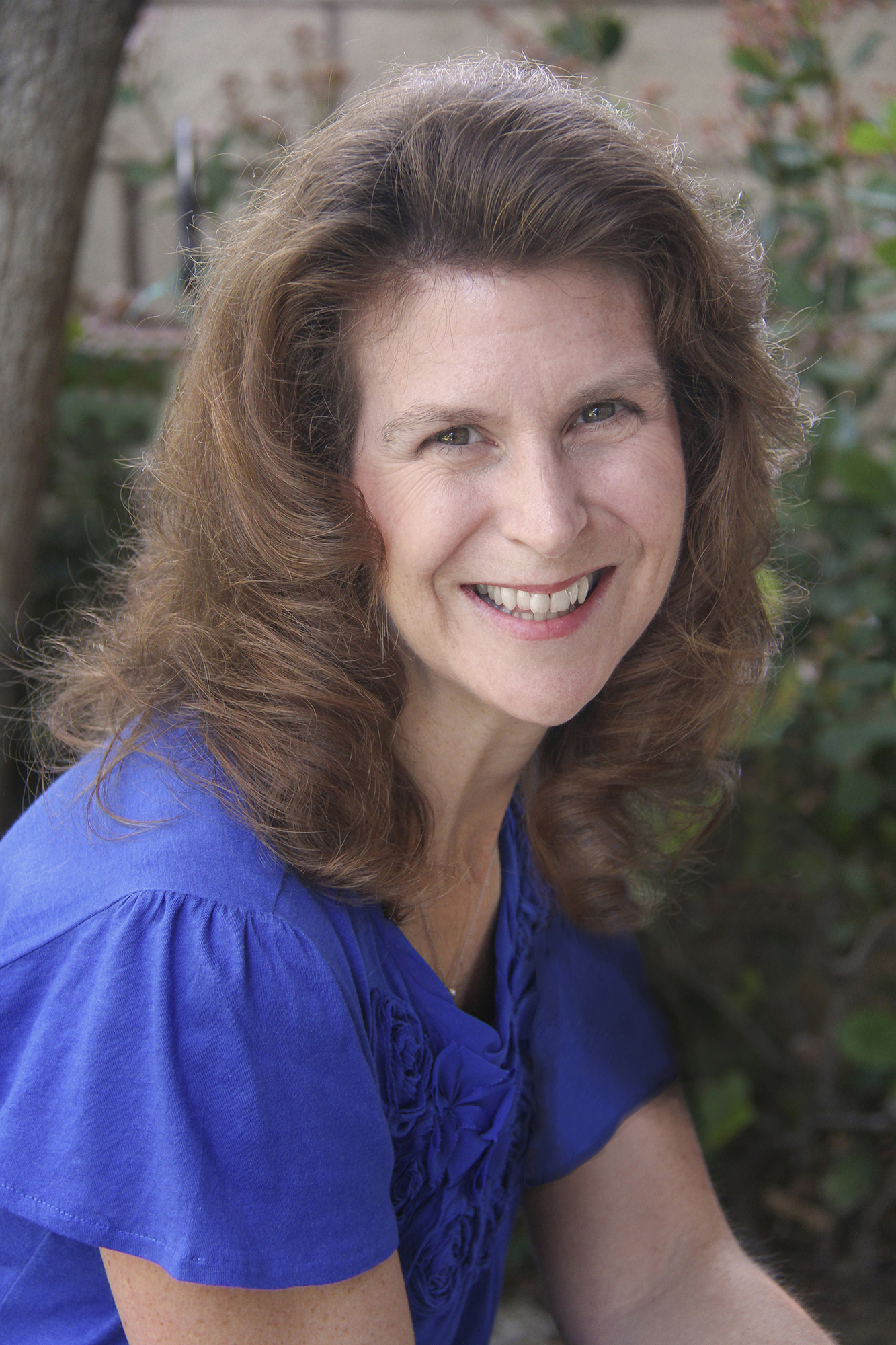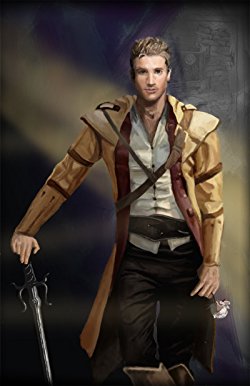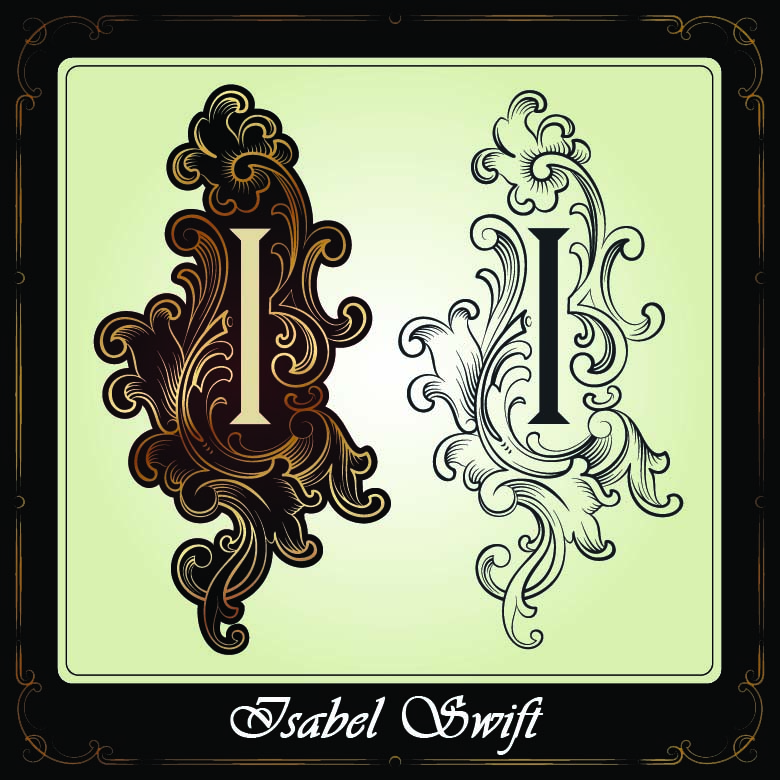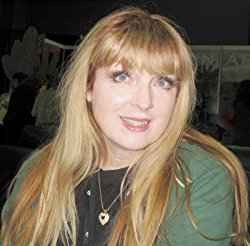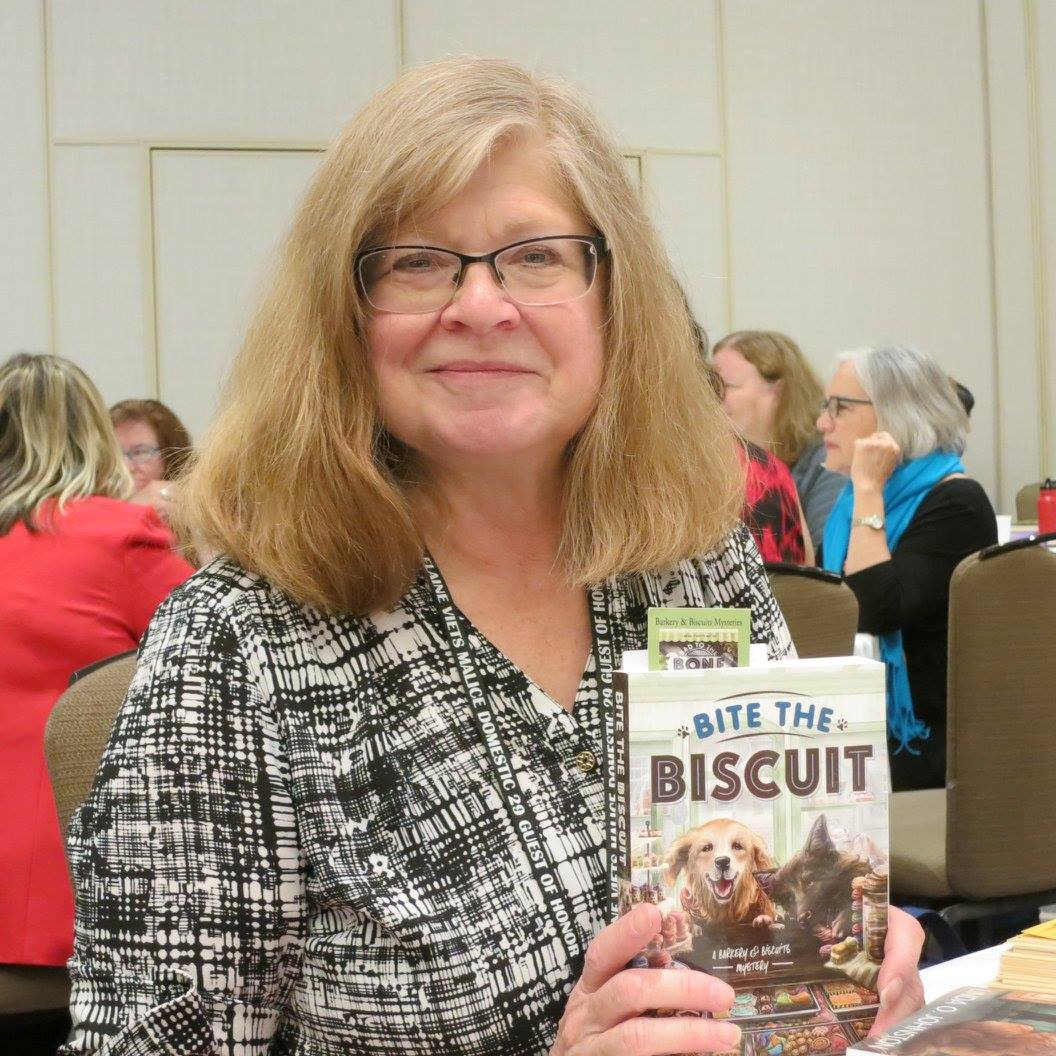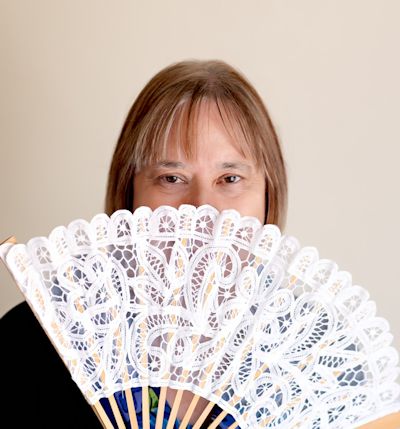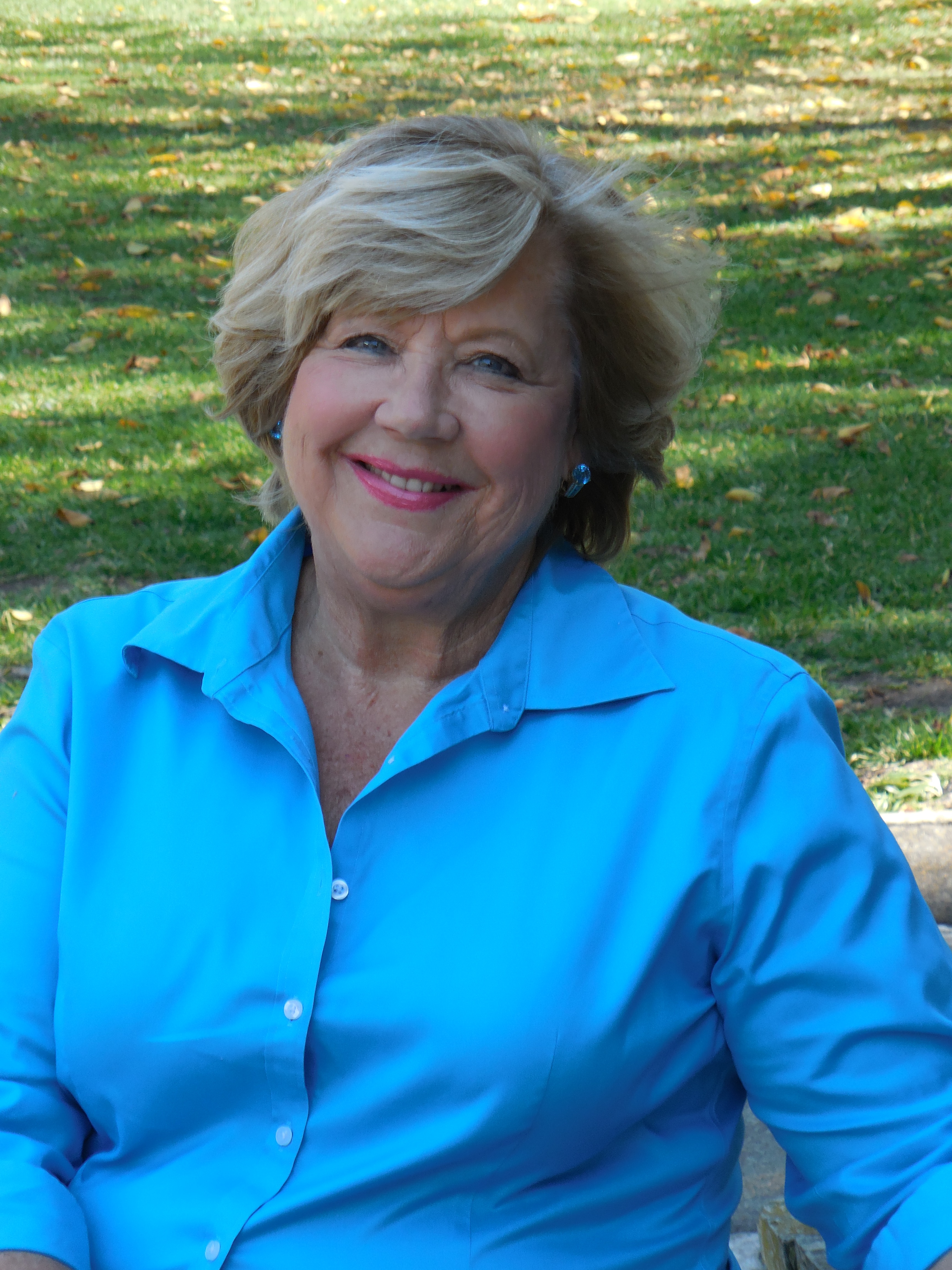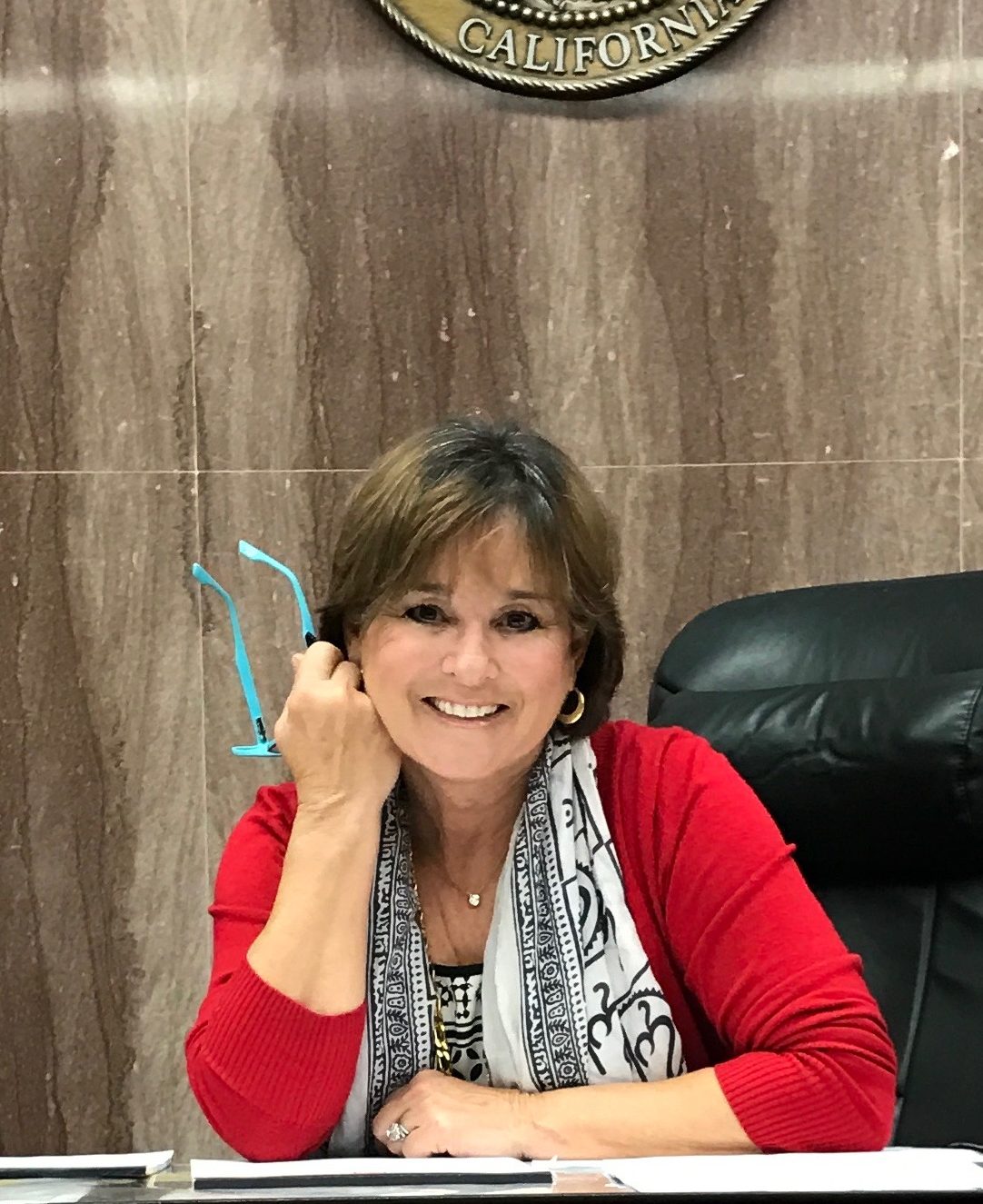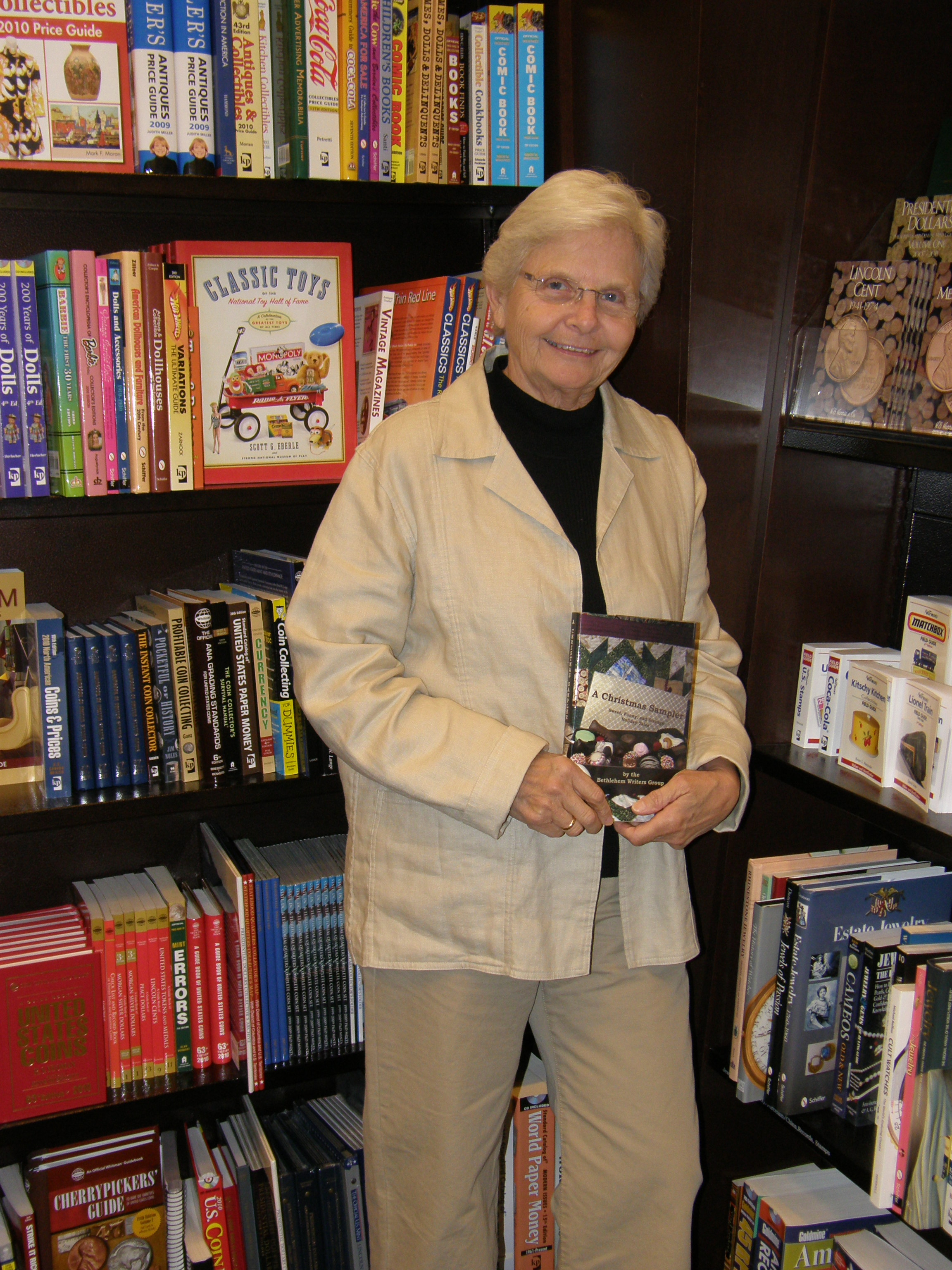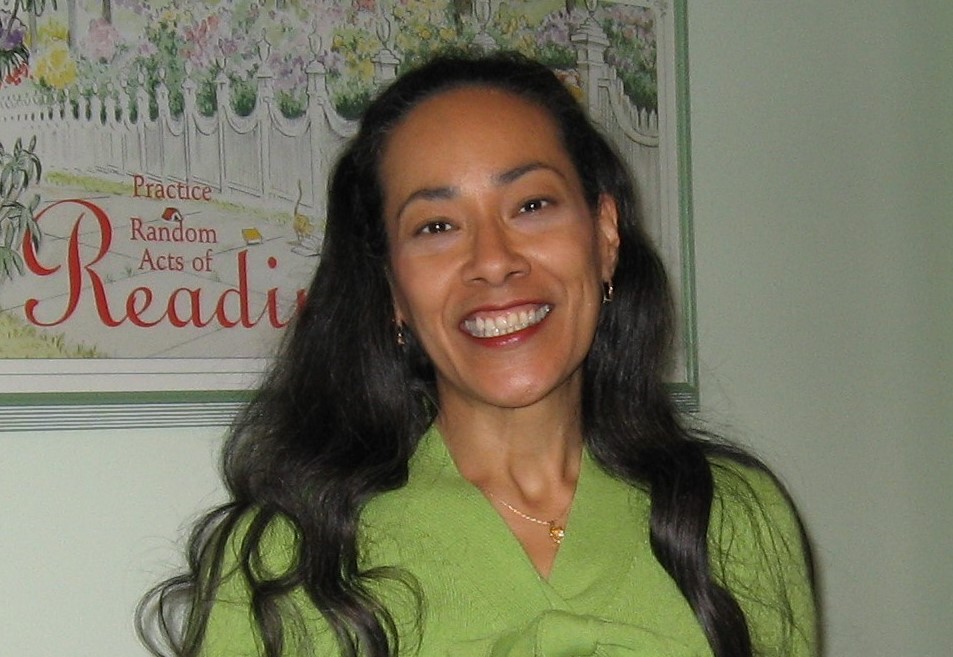Hot! Hot! Hot! by Carol L. Wright
July 13, 2024 by Bethlehem Writers Group in category From a Cabin in the Woods by Members of Bethlehem Writers Group tagged as 2025 Short Story Award, anthologies, BWG, Carol L Wright
And we’re not even talking about the summer weather. What’s so hot right now?
Hot topic #1:
This month, the Bethlehem Writers Group, LLC, announced the winners of its 2024 Short Story Award competition for works of 2000 words or fewer on the theme of “Holiday Tales.” For this competition, “holiday” was defined as anything from U.S. Thanksgiving through New Year’s Day. The talented authors whose stories are honored are:
First Place: Rhonda Zangwill, New York, NY, for “Oh! Christmas Tree”
Second Place: Bettie Nebergall, Mt. Dora, FL, for “Just Ask Santa”
Third Place: Mary Adler, Forestville, CA, for “Nellie the Narragansett and the Transferware Platter”
Honorable Mentions (in alphabetical order by author’s last name):
- A. C. Blake, West Columbia, SC for “A Feast to Die For”
- J. Bosley, New York, NY for “A Wintry Mix”
- Joan Mularz, Palm Beach Gardens, FL for “Cousin Bonnie’s Plus One”
Many thanks to Marlo Berliner, our Guest Judge, who selected this year’s winners.
Hot topic #2:
For the first time in the history of the Short Story Award, BWG decided to offer print publication to the second- and third-place winners instead of only to the one who won first-place. This means that you’ll get to read all three of these terrific stories in one volume.
Hot topic #3:
The book in which these stories will appear, Season’s Readings: More Sweet, Funny, and Strange® Holiday Tales will be published this fall in print (ISBN: 978-1-954675-04-9) and ebook (ISBN: 978-1-954675-05-6). In addition to this year’s contest winners, the 2023 contest first-place winner, Sally Milliken’s “First Thanksgiving,” will also be included. And, of course, you’ll also get stories from the authors of the Bethlehem Writers Group. Some of the stories are heart-warming, others quirky, and still others with a hint of magic. Watch for the book to be available on October 1.

And a bonus sizzle for writers!

As if the book coming out on October 1 weren’t enough excitement, we’ll also be unveiling the 2025 Short Story Award competition that day in the fall issue of Bethlehem Writers Roundtable (https://bwgwritersroundtable.com). For next year’s contest, which will open on January 1, 2025, we’ll be looking for stories of science fiction and/or fantasy, and this year we’ll allow the stories to be a bit longer with a 2500 word maximum. The top three winners will receive cash and offers of publication (in print or online in Roundtable). We’ll have all the info for you in October, but until then, sharpen your pencils, grab a cool drink, find a place in the shade, and fire up your sci-fi/fantasy muse. Your story could be the next hot topic!
Enjoy your simmer, er summer.
Book from BWG
Books by Carol L. Wright
Anticipation
September 13, 2023 by Bethlehem Writers Group in category From a Cabin in the Woods by Members of Bethlehem Writers Group tagged as autumn, Bethlehem Writers Group, Bethlehem Writers Roundtable, BWG, Carol L Wright
Okay, I know it isn’t officially Autumn until September 22, but the kids are back in school, pumpkin spice everything is available again, and I have even seen a few trees with leaves that are starting to turn. Close enough for me.
Fall is my favorite season of the year. I don’t much enjoy the heat of summer, so the cooler days and sometimes almost-nippy nights fill me with anticipation.
From now until the end of the year, there is one happy event after another: Halloween, Thanksgiving, Hanukkah, Christmas, Kwanzaa, New Year’s Eve, and several family birthdays. These holidays and their traditions mark the passage of our annual orbit of the sun. Before I know it, that “holiday feeling” inspires me to start singing It’s the Most Wonderful Time of the Year. (Why did that allergy medicine have to use that as their advertising jingle?) No matter. For me it is the most wonderful time of the year.
Along with the change of seasons comes a spate of vendor fairs where I, along with some of my writing colleagues from the Bethlehem Writers Group, go to market our themed Sweet, Funny, and Strange® anthologies (including our award-winning first anthology: A Christmas Sampler: Sweet, Funny, and Strange Holiday Tales, and our award winning second anthology: Once Around the Sun: Sweet, Funny, and Strange Tales for All Seasons.) Meeting and talking with shoppers as they go from table to table picking up gifts for loved ones (while tasting traditional baked goods and beverages) adds to the fun of the season.
We even have some exciting news to share about our most recent title, An Element of Mystery: Sweet, Funny, and Strange Tales of Intrigue. It was named a finalist for two international book awards: the Next Generation Indie Book Award and the Killer Nashville Silver Falchion Award. We’re honored by the recognition and pleased to put these medals on our book cover.

I also have a new novelette to peddle this fall. It’s entitled Apple, Table, Penny . . . Murder and tells of recently widowed Suzy Kemp who decides to downsize to an independent-living apartment in a retirement community. But when she goes in for her final health screening, she becomes confused and is abruptly confined to a memory care unit . . . with no way out. What’s worse, she suspects the late-night departure of another resident has a sinister cause. No one takes her suspicions seriously, so she’s determined to investigate on her own, to uncover what happened to her neighbor and to prove she hasn’t lost her mind. (And it’s set around Thanksgiving!) It’s available at online retailers, for order through brick-and-mortar stores, and, of course, at our vendor fairs.
Another of our members, Emily P. W. Murphy, has also recently published a delightful children’s book about being true to yourself. It’s entitled The Princess of Booray and is available anywhere you can find Apple, Table, Penny . . . Murder.

One more thing I look forward to this fall is that in November, for the first time, my BWG colleague Marianne H. Donley and I will be teaching a class on “Writing a Holiday Story” through the Aged to Perfection Chapter of Romance Writers of America. We look forward to sharing the fun of writing stories about a variety of holidays in different genres.
Meanwhile, we’re preparing to start Bethlehem Writers Group’s annual Short Story Award competition at the beginning of 2024. And this year’s theme? Serendipitously, it’s Holiday Stories! We’re looking for stories of 2000 words or fewer that incorporate any holiday from Thanksgiving through New Year’s Day, inclusive. The holiday must be an important element of the story. The winner will receive $250 plus the publication in either our upcoming anthology, Season’s Readings: More Sweet, Funny, and Strange Holiday Tales, or in our literary journal, Bethlehem Writers Roundtable. Second and third place winners receive $100 or $50 respectively and an offer of publication in Roundtable. The competition opens on January 1 and runs through March 31. Check the Roundtable website for more information. We’re really looking forward to reading all those holiday-inspired stories.
Also, I’m writing my own holiday story for the anthology and wondering how long it will be before we see those first few snowflakes flutter to the ground. Anticipation? It’s the best thing about this season.
I hope you, too, anticipate a very pleasant Fall and holiday season.
Other Books from BWG
Tips for Writing for a Contest by Carol L. Wright
November 13, 2022 by Bethlehem Writers Group in category From a Cabin in the Woods by Members of Bethlehem Writers Group tagged as Barb Goffman, BWG, Carol L. Wright, Short Story Award, Writing contests, writing tips
It’s always exciting to enter a writing contest—at least until it comes to the actual writing.
Since I both write for submission and run the annual Bethlehem Writers Roundtable Short Story award competition, I’ve developed a few tips for writing to a theme, keeping within the word count limits, and what to avoid. I hope these might be of help.
And we’re making a special announcement at the end!
When writing to a theme:
- Write a new story instead of trying to wedge thematic elements into an existing story. It shows.
- Don’t write the first thing that comes into your head. It popped into a hundred other heads, too. You don’t want to be competing with a hundred other stories similar to yours.
- Brainstorm to find a fresh slant on the theme. Writing something from a slightly different angle will help your story stand out.
- Be creative with your title. Too many entries will use the theme in the title. You want your title to be unique.
Staying within word limits:
- Start with your protagonist in the middle of action. Hook readers immediately.
- Refer to, but don’t overly explain backstory. You can imply an unhealed wound or past conflict between characters, but in a short story, the reader does not need to know the details unless they have a direct relationship to the current plot.
- Keep descriptions pithy. A few words can paint a picture.
- Use contractions, compound words, or hyphenated words. These count as only one word each
- Do not use ellipses to show pauses or gaps. They are correctly typed as: space-dot-space-dot-space-dot-space. Unfortunately, each dot counts as a word! Use dashes instead. Some word counters count words connected by a dash as one word!
- Simplify verbs. For example: she left, instead of she was gone or she had departed. You could even have a one-word sentence: Gone!
- Use vivid verbs. It eliminates the need for adverbs or adjectives. For example: the storm raged instead of the storm was blowing strongly.
- Use the words you need, but not one word more. Remember, the word limit is a maximum, not a minimum or a target word count. No contest judge wants to read a story that appears to be padded with extra words.
- On the other hand, if the contest calls for stories of up to 5000 words, a very short story, e.g. 500 words, will not be competitive. You cannot do the world building or character development in a few words that you could accomplish with more words.
Contest Don’ts:
- Don’t flatter judges in a cover letter. They know it’s just designed to butter them up and can seem annoying.
- Don’t email the contest runner with questions that are answered in the call for submissions. Really annoying.
- Don’t argue with the rules, break the rules, or ask for exceptions to the rules. The rules are there for a reason and have to be applied consistently to be a fair contest.
- Don’t complain that winning stories aren’t as good as yours. All judging is subjective—and you cannot be objective about your own work.
- And definitely don’t ask for names and email addresses of judges so you can complain to them!
Now for the announcement:
The Bethlehem Writers Roundtable announces its 2023 Short Story Award competition will be open from January 1 through March 31, 2023.
The theme is Season’s Readings. We are seeking stories of 2000 words or fewer that relate to the holiday season from Thanksgiving through New Year’s Day.
Cost to enter: $15
Winners receive:
- First Place: $250 and publication in the upcoming anthology, Seasons Readings: More Sweet, Funny, and Strange Holiday Tales. Anticipated publication: Fall 2024
- Second Place: $100 and publication in Bethlehem Writers Roundtable online literary journal
- Third Place: $50 and publication in Bethlehem Writers Roundtable online literary journal.
Our guest judge for 2023 is multi award-winning short story writer and professional editor Barb Goffman. Be sure to read her interview in Bethlehem Writers Roundtable Winter 2023 issue, coming out on January 1.
You can get all your questions answered on our website: http://bwgwritersroundtable.com/short-story-award-2/. I hope to be reading your story soon!
Good luck—and happy writing!
~ Carol L. Wright
1 0 Read moreNew Release: An Element of Mystery
September 27, 2022 by Bethlehem Writers Group in category Apples & Oranges by Marianne H. Donley, Spotlight tagged as #Mystery, An Element of Mystery, Bethlehem Writers Group LLC, BWG, new release
An Element of Mystery is available now in both print and ebook formats.
Dare you read our latest Sweet, Funny, and Strange® Anthology?
The Bethlehem Writers Group is pleased to present this collection of tales of mystery and intrigue—the latest in its award-winning series of Sweet, Funny, and Strange® anthologies. From classic whodunnits to tales of the unexplained, each of the twenty-three stories contained herein have an element of mystery that will keep you guessing and wanting to read just one more story.
We’re thrilled to have old friends, but new members of BWG, join us this year. Award-winning author Debra H. Goldstein favors us with a mystery set among volunteers at a synagogue entitled “Death in the Hand of the Tongue,” while “Sense Memory,” by the multi-talented Paula Gail Benson, brings a
delightful mix of mystery and the paranormal that helps a young couple find their way to each other.
In addition, we are happy to bring you the winning stories from two of our annual Bethlehem Writers Roundtable Short Story Award competitions: “Good Cop/Bad Cop” by Trey Dowell (2021 winner) and “The Tabac Man” by Eleanor Ingbretson (2022 winner).
You’ll also find stories from your favorite BWG authors, including Courtney Annicchiarico, Jeff Baird, Peter J Barbour, A. E. Decker, Marianne H. Donley, Ralph Hieb, DT Krippene, Jerry McFadden, Emily P. W. Murphy, Christopher D. Ochs, Dianna Sinovic, Kidd Wadsworth, Paul Weidknecht, and Carol L. Wright.
So get ready to be mystified . . . or intrigued!
An Element of Mystery is available now.
More Books from the Bethlehem Writers Group
An Element of Mystery
September 16, 2022 by marianne h donley in category Apples & Oranges by Marianne H. Donley, Spotlight tagged as An Element of Mystery, Bethlehem Writers Group LLC, BWG, mystery, new release
An Element of Mystery is available for preorder and will be released as an ebook and print book on September 27, 2022.
Dare you read our latest Sweet, Funny, and Strange® Anthology?
The Bethlehem Writers Group is pleased to present this collection of tales of mystery and intrigue—the latest in its award-winning series of Sweet, Funny, and Strange® anthologies. From classic whodunnits to tales of the unexplained, each of the twenty-three stories contained herein have an element of mystery that will keep you guessing and wanting to read just one more story.
We’re thrilled to have old friends, but new members of BWG, join us this year. Award-winning author Debra H. Goldstein favors us with a mystery set among volunteers at a synagogue entitled “Death in the Hand of the Tongue,” while “Sense Memory,” by the multi-talented Paula Gail Benson, brings a
delightful mix of mystery and the paranormal that helps a young couple find their way to each other.
In addition, we are happy to bring you the winning stories from two of our annual Bethlehem Writers Roundtable Short Story Award competitions: “Good Cop/Bad Cop” by Trey McDowell (2021 winner) and “The Tabac Man” by Eleanor Ingbretson (2022 winner).
You’ll also find stories from your favorite BWG authors, including Courtney Annicchiarico, Jeff Baird, Peter J Barbour, A. E. Decker, Marianne H. Donley, Ralph Hieb, DT Krippene, Jerry McFadden, Emily P. W. Murphy, Christopher D. Ochs, Dianna Sinovic, Kidd Wadsworth, Paul Weidknecht, and Carol L. Wright.
So get ready to be mystified . . . or intrigued!
An Element of Mystery is available for preorder and will be released as an ebook and print book on September 27, 2022.
More Books from the Bethlehem Writers Group
Affiliate Links
A Slice of Orange is an affiliate with some of the booksellers listed on this website, including Barnes & Nobel, Books A Million, iBooks, Kobo, and Smashwords. This means A Slice of Orange may earn a small advertising fee from sales made through the links used on this website. There are reminders of these affiliate links on the pages for individual books.
Search A Slice of Orange
Find a Column
Archives
Featured Books
#FIREWORKS IN THE FOG
So, you’d like to become a social media star…
More info →PINDLEBRYTH OF LENLAND: THE FIVE ARTIFACTS
Pindlebryth and Darothien struggle against betrayal, international intrigue, and an unseen puppet-master, as they race to follow a bewildering trail of ancient clues to locate the most powerful of the Artifacts.
More info →
LOST IN THE LIGHT
One October morning in 1932, Vicente Sorolla entered the white house on the hill and was never seen again. Now, Detective Dori Orihuela witnesses his brutal murder in her nightmares.
More info →Newsletter
Contributing Authors
Search A Slice of Orange
Find a Column
Archives
Authors in the Bookstore
- A. E. Decker
- A. J. Scudiere
- A.J. Sidransky
- Abby Collette
- Alanna Lucus
- Albert Marrin
- Alice Duncan
- Alina K. Field
- Alison Green Myers
- Andi Lawrencovna
- Andrew C Raiford
- Angela Pryce
- Aviva Vaughn
- Barbara Ankrum
- Bethlehem Writers Group, LLC
- Carol L. Wright
- Celeste Barclay
- Christina Alexandra
- Christopher D. Ochs
- Claire Davon
- Claire Naden
- Courtnee Turner Hoyle
- Courtney Annicchiarico
- D. Lieber
- Daniel V. Meier Jr.
- Debra Dixon
- Debra H. Goldstein
- Debra Holland
- Dee Ann Palmer
- Denise M. Colby
- Diane Benefiel
- Diane Sismour
- Dianna Sinovic
- DT Krippene
- E.B. Dawson
- Emilie Dallaire
- Emily Brightwell
- Emily PW Murphy
- Fae Rowen
- Faith L. Justice
- Frances Amati
- Geralyn Corcillo
- Glynnis Campbell
- Greg Jolley
- H. O. Charles
- Jaclyn Roché
- Jacqueline Diamond
- Janet Lynn and Will Zeilinger
- Jeff Baird
- Jenna Barwin
- Jenne Kern
- Jennifer D. Bokal
- Jennifer Lyon
- Jerome W. McFadden
- Jill Piscitello
- Jina Bacarr
- Jo A. Hiestand
- Jodi Bogert
- Jolina Petersheim
- Jonathan Maberry
- Joy Allyson
- Judy Duarte
- Justin Murphy
- Justine Davis
- Kat Martin
- Kidd Wadsworth
- Kitty Bucholtz
- Kristy Tate
- Larry Deibert
- Larry Hamilton
- Laura Drake
- Laurie Stevens
- Leslie Knowles
- Li-Ying Lundquist
- Linda Carroll-Bradd
- Linda Lappin
- Linda McLaughlin
- Linda O. Johnston
- Lisa Preston
- Lolo Paige
- Loran Holt
- Lyssa Kay Adams
- Madeline Ash
- Margarita Engle
- Marguerite Quantaine
- Marianne H. Donley
- Mary Castillo
- Maureen Klovers
- Megan Haskell
- Melanie Waterbury
- Melissa Chambers
- Melodie Winawer
- Meriam Wilhelm
- Mikel J. Wilson
- Mindy Neff
- Monica McCabe
- Nancy Brashear
- Neetu Malik
- Nikki Prince
- Once Upon Anthologies
- Paula Gail Benson
- Penny Reid
- Peter Barbour
- Priscilla Oliveras
- R. H. Kohno
- Rachel Hailey
- Ralph Hieb
- Ramcy Diek
- Ransom Stephens
- Rebecca Forster
- Renae Wrich
- Roxy Matthews
- Ryder Hunte Clancy
- Sally Paradysz
- Simone de Muñoz
- Sophie Barnes
- Susan Squires
- T. D. Fox
- Tara C. Allred
- Tara Lain
- Tari Lynn Jewett
- Terri Osburn
- Tracy Reed
- Vera Jane Cook
- Vicki Crum
- Writing Something Romantic
Affiliate Links
A Slice of Orange is an affiliate with some of the booksellers listed on this website, including Barnes & Nobel, Books A Million, iBooks, Kobo, and Smashwords. This means A Slice of Orange may earn a small advertising fee from sales made through the links used on this website. There are reminders of these affiliate links on the pages for individual books.
